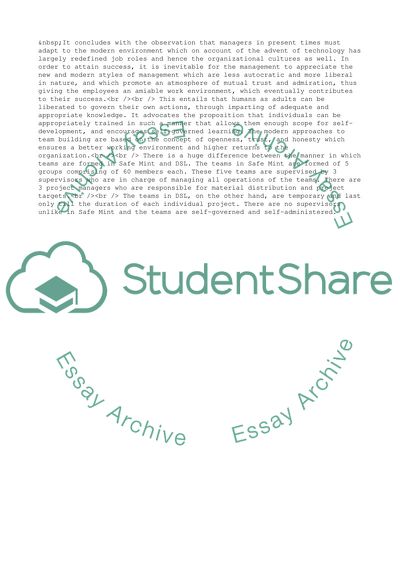Cite this document
(HR People, Organizations and Management Case Study, n.d.)
HR People, Organizations and Management Case Study. Retrieved from https://studentshare.org/management/1737581-hr-people-organisations-and-management
HR People, Organizations and Management Case Study. Retrieved from https://studentshare.org/management/1737581-hr-people-organisations-and-management
(HR People, Organizations and Management Case Study)
HR People, Organizations and Management Case Study. https://studentshare.org/management/1737581-hr-people-organisations-and-management.
HR People, Organizations and Management Case Study. https://studentshare.org/management/1737581-hr-people-organisations-and-management.
“HR People, Organizations and Management Case Study”. https://studentshare.org/management/1737581-hr-people-organisations-and-management.


